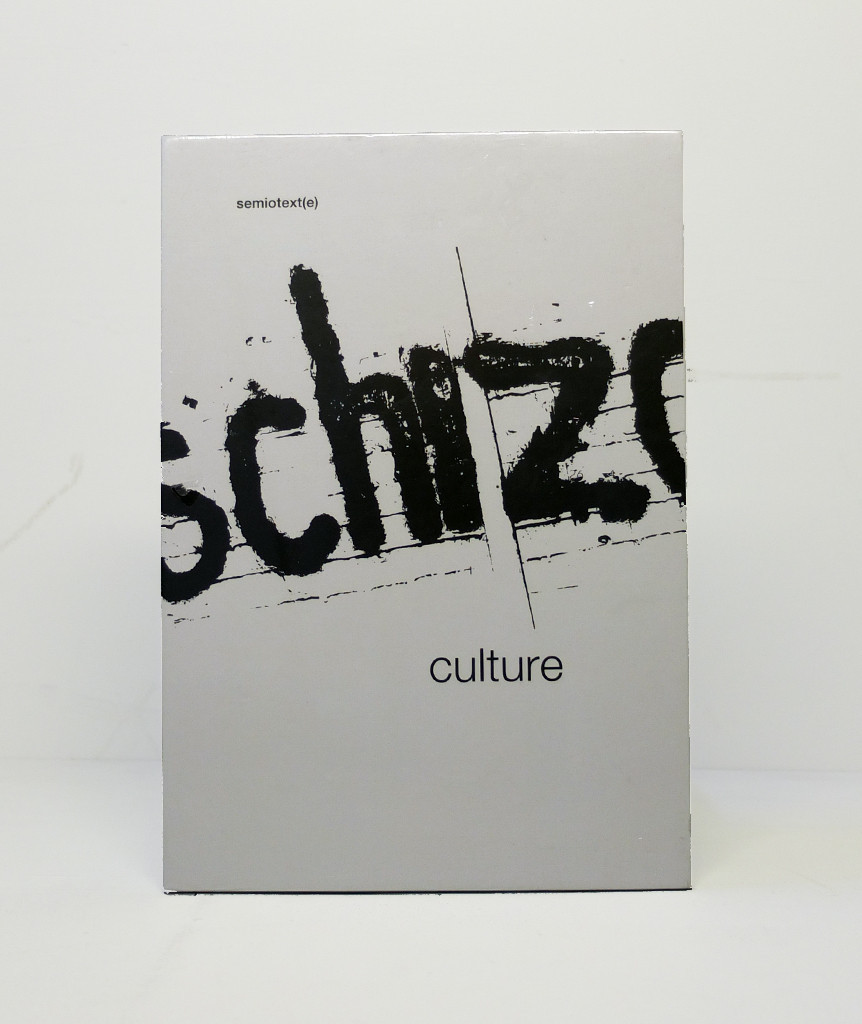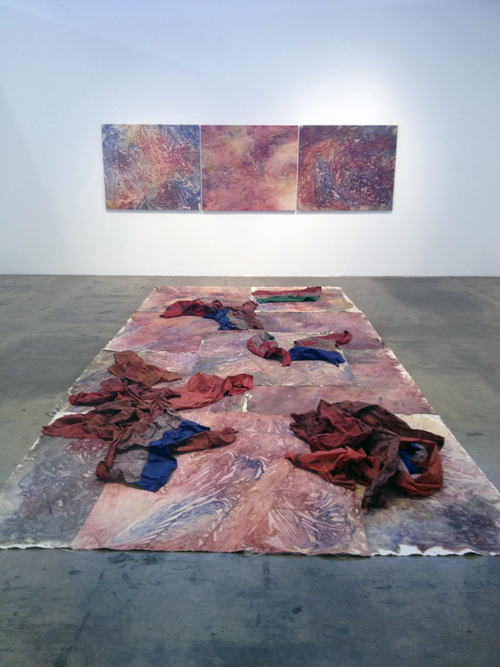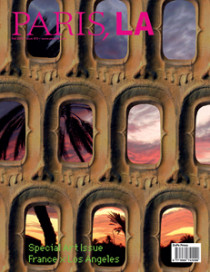
Mona Vatamanu & Florin Tudor, Dance of the Earth, 2013, variable dimensions
The exhibition Square(s) opened this past weekend at Francois Ghebaly Gallery, and is on view until July 12th. Square(s) is exceptional in it’s political subject matter, especially for a summer group exhibition at a commercial gallery in Los Angeles. This is an important exhibition with stellar work, not be missed.
Next weekend, on Saturday June 28th, interventions by Davide Balula and Tom Dane, a talk, with, among others, architect Edwin Chan & Semiotext(e) founder Sylvere Lotringer, video screenings, and a launch of the new political party “thepeople71” will take place at the gallery.

Ivan Grubanov, Dead Flags, 2013, acrylic on canvas, dimensions variable
In Turkey last June, hundreds of thousands of citizens went to Taksim Square to protest against their government’s plan to remove this beloved public park and build a shopping center instead. The protesters named their movement “Occupy Gezi” in reference to the Occupy Wall Street movement (OWS), which spread around US cities in 2011. The OWS movement itself was inspired by the Arab Spring that happened the same year, when every day people from Tunisia to Egypt, from Lebanon to Syria, went to the street against their repressive regimes. It appears that these cycles of struggles [1] have inspired one another, going back to all major social uprisings of our collective memory since the 1960s.

Davide Balula, One Fire Extinguisher = One Artist, 2014, fire extinguishers, 53×66″
Demonstrations throughout the 20th century were traditionally organized along an avenue, a straight line with a beginning and an end. But these recent movements have been sedentary, and tend to use a strategy of encampment or occupation. In the past 3 years, in Egypt (Tahrir), Turkey (Taksim), Ukraine (Maidan), the United States (Wall Street), Venezuela (Altamira), and many others countries, people have expressed their anger by taking over iconic public squares and plaza, and naming their movement after this symbolic act.

Nikita Kaden, Procedure Room, 2009-2010, hot print on porcelain, 8 plates, 3 x 11″ each

Nikita Kaden, Procedure Room, 2009-2010, hot print on porcelain, 8 plates, 3 x 11″
“Square(s)” will put together an international group of artists whom, using various practices and aesthetics, share a common awareness of these ongoing events. While this exhibition is not about partisan politics, it is an attempt to recreate a few different active public squares within a gallery space in Los Angeles, a city where the concept of public space is virtually non-existent. In this context, the works exhibited will simply function as the dissident voices of an occupied space.

Thomas Hirschorn, String-Tyre, 2014, tyre and climbing rope, 27″ each

Neil Beloufa, Vintage Series: Whistles, 2014, MDF, steel, electrical outlet, switch, 63 x 47″

Lisa Anne Auerbach, Hate Blanket, 2010, 66 x 42.5″

Andra Ursuta, Pepper Spray, 2009, wood urethane, leather, salt, 26 x 15 x 10″

Neil Beloufa, Untitled, 2011, mixed media, dimensions variable
With works and contributions by: Lisa Anne Auerbach (USA), Davide Balula (France), Dan Bayles (USA), Neïl Beloufa (Algeria & France), Edwin Chan (Hong Kong), Tom Dane (Denmark), Cem Dinlenmiş (Turkey), Nilbar Güreş (Turkey), Hatice Güleryüz (Turkey), Ivan Grubanov (Serbia), Michael Hardt (USA), Thomas Hirschhorn (Switzerland), Nikita Kadan (Ukraine), Joel Kyack (USA), Sylvère Lotringer (foreign agent), Pode Bal (Czech Republic), Ariel Schlesinger (Israel), Slavs and Tatars (various), Extrastruggle (Turkey), thepeople71 (various), Sergio Torres-Torres (Mexico/USA), Mona Vatamanu & Florin Tudor (Romania & Switzerland), Andra Ursuta (Romania).




















